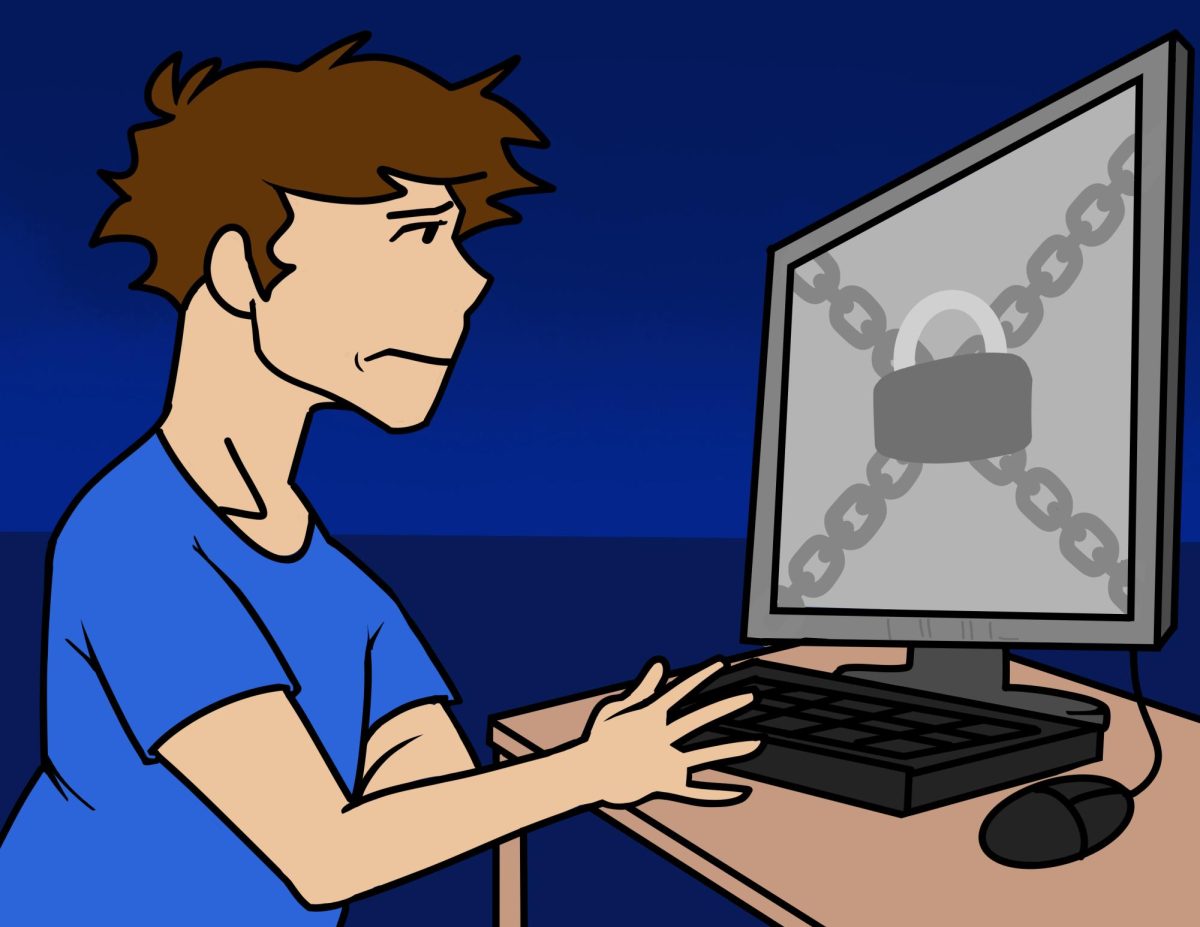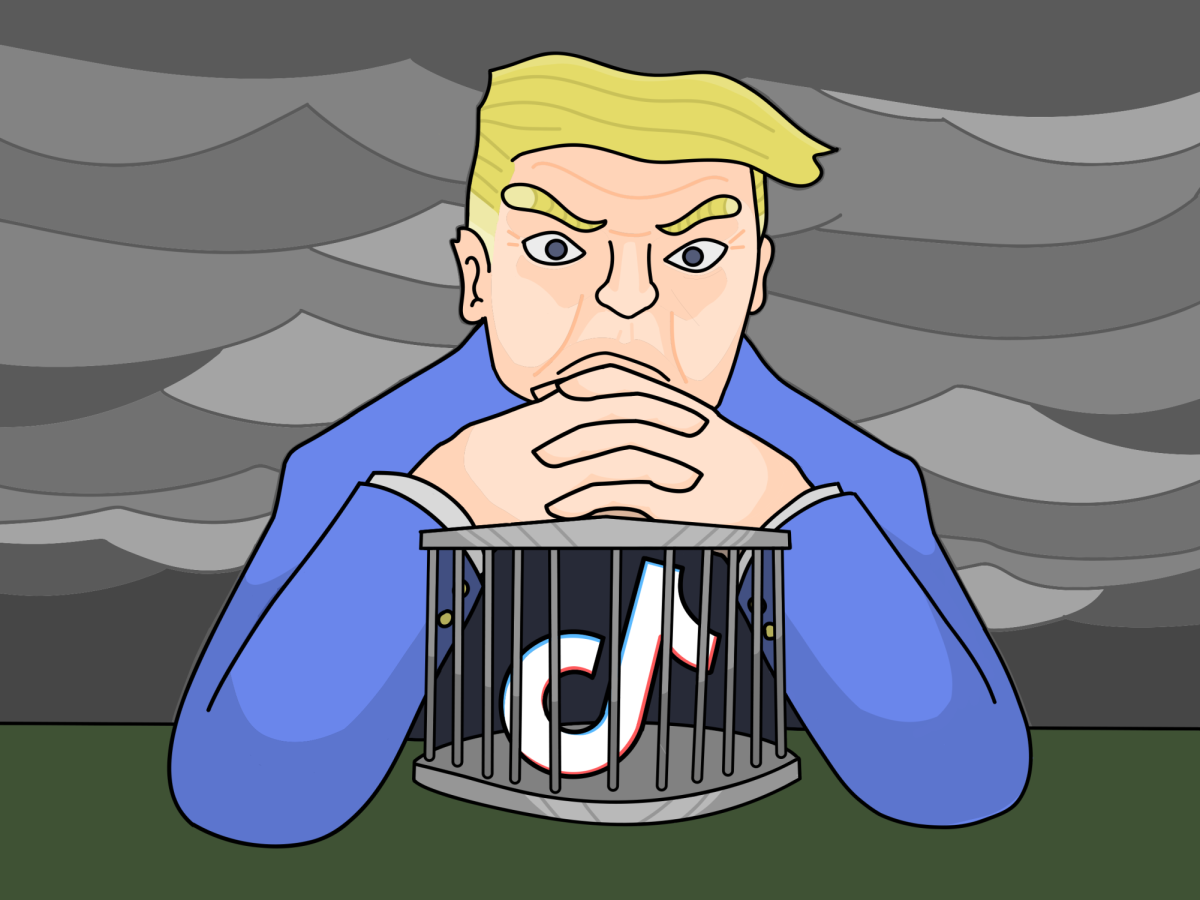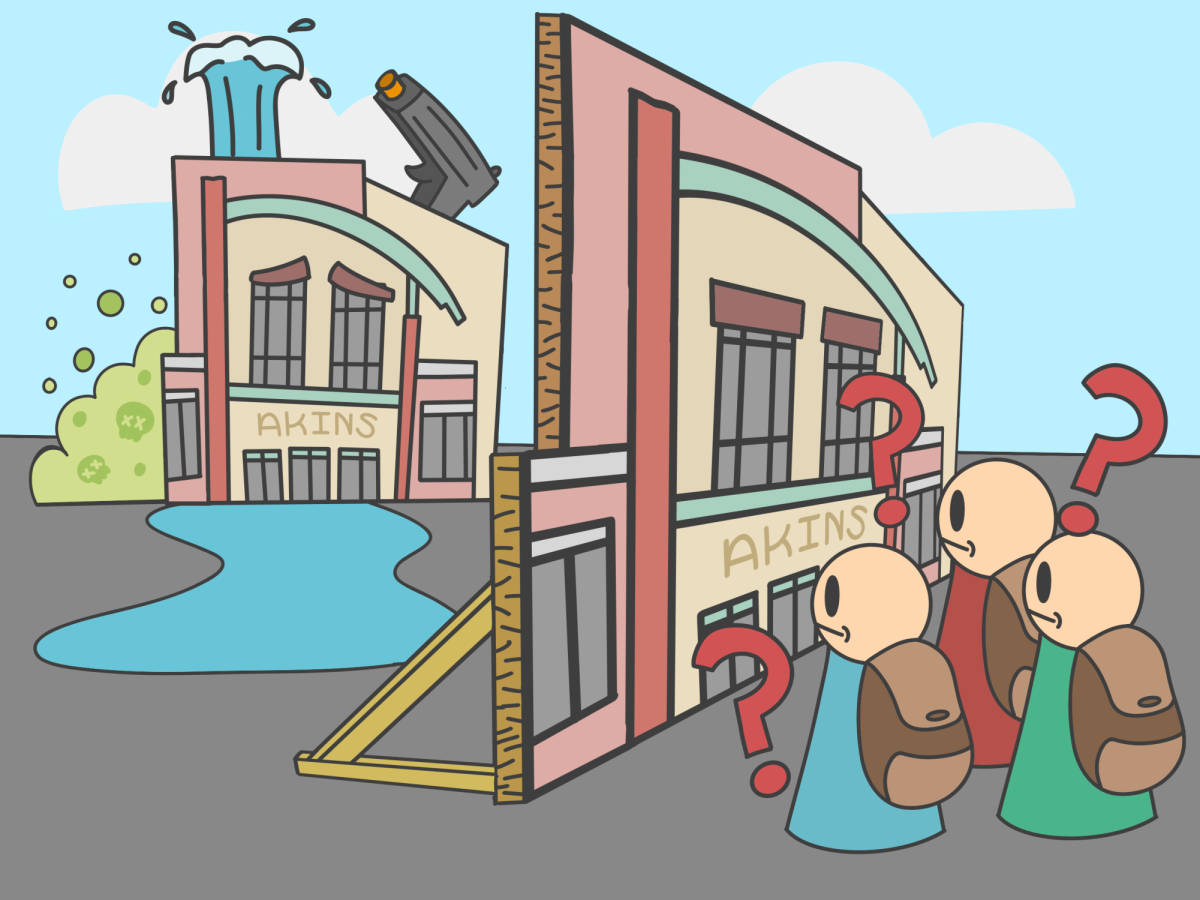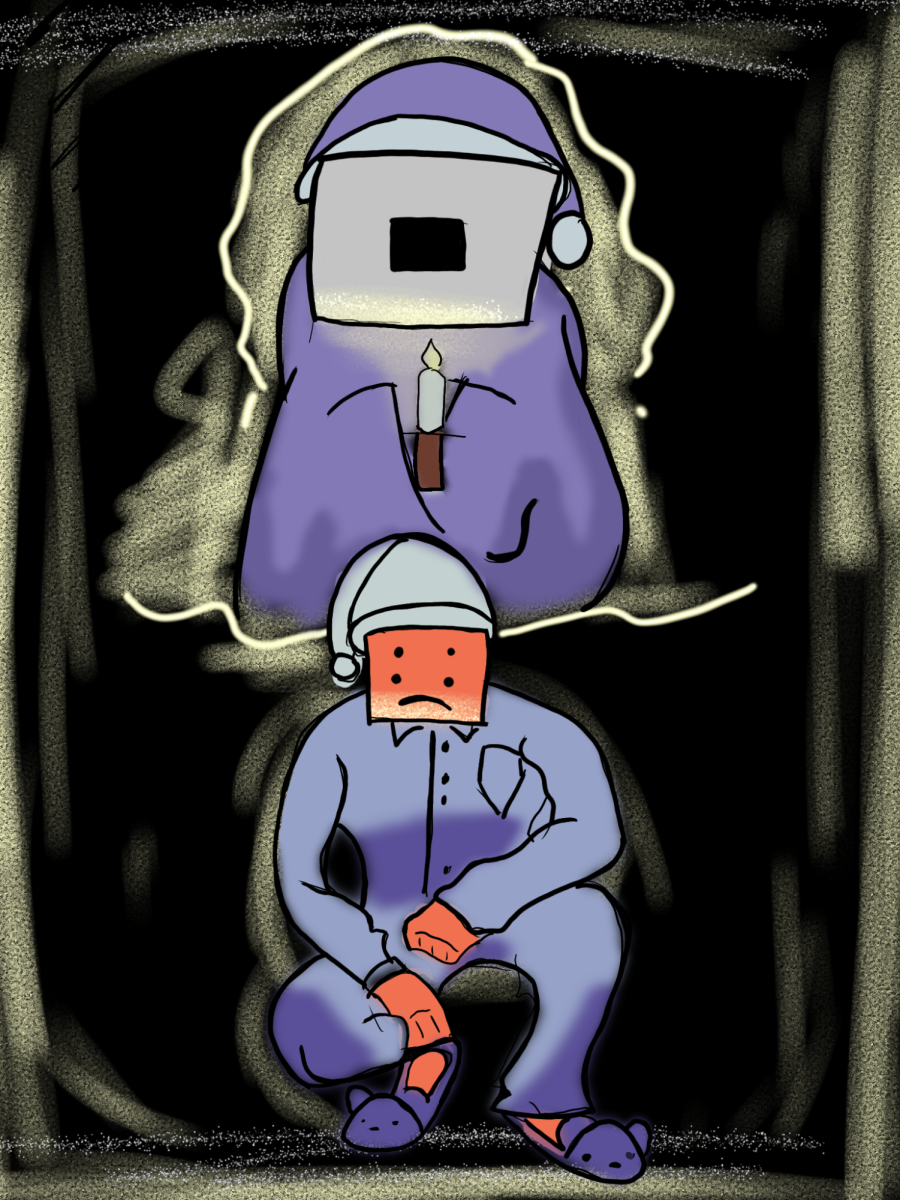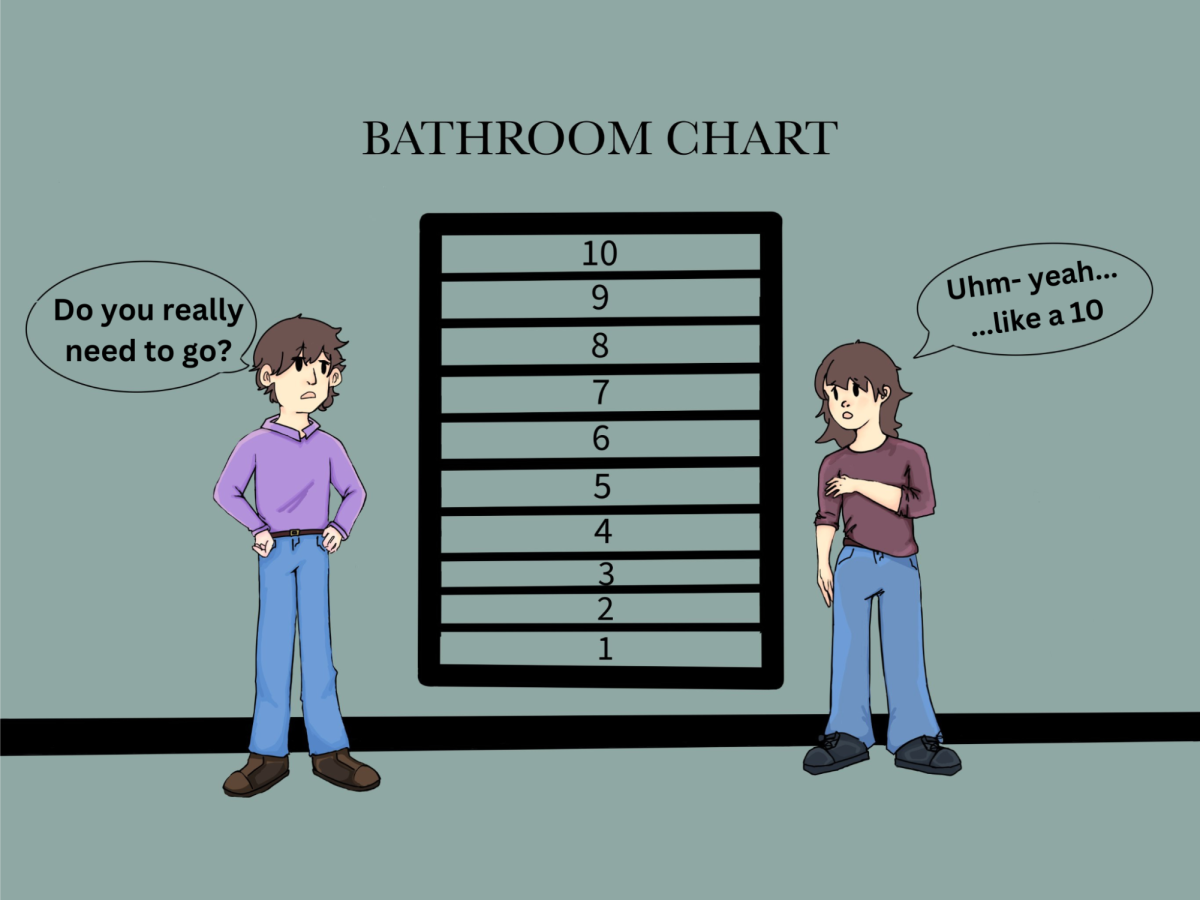Since late September, students and staff have struggled to access necessary websites, images, and videos because of the implementation of a new district internet filter called Lightspeed. As early as before this school year started there have been websites being blocked by the district. Starting the school year we students couldn’t view websites or certain pictures on Google. It started as not a big deal but going more into the school year we realized how much of a toll it is taking on our education. We can not view images on Google or even certain websites that are harmless.
Teachers have been forced to change their lesson plans and students are forced to find ways around the filter to do research and obtain images they can use for their assignments. Even though these websites contain useful and important information, the new filter blocks their use, making many believe that the district’s technology office has gone too far with restricting access to the internet.
The new filter has made work harder for those on campus and created more work as we are forced to look for other sites or change plans. We believe the new filter has created unjustified struggles for the campus, and improvements need to be made immediately to avoid hurting the educational experiences of students in Austin schools.
We agree that Internet filters should be put in place to make sure students are focused on school-appropriate content while they are at school without exposing students to obscene content that is prohibited by the Children’s Internet Protection Act. This law requires that schools use Internet filters to protect students from accessing visual depictions that are obscene, child pornography, or harmful to minors. This new filter is gives a tremendous amount of benefits when it comes to blocking inappropriate things in a school setting such as immediate message when a site is not accessible to a user, as well as block thumbnail previews in image searches for images on websites that are not permitted. When we asked the Technology Operations Team for Austin ISD about their reasons to replace the old filter, they responded saying, “Yes, the old system did not allow us the granularity that we needed to allow access to some sites and remove access to others. This just goes to show that this new filter is meant to be more restrictive but also more helpful.
Although it has good intentions, the filter has impeded our learning environment. The filter blocks images online, making it very difficult for students to use them as graphics in schoolwork such as Google Slides or Canva. Many of these images are appropriate for schoolwork and are still unnecessarily blocked, making it difficult to create or use these design programs. On top of that, the filter also blocks websites that are crucial for learning. Websites like Openverse and Pexels are blocked under the filter, despite giving us access to school-appropriate images that many students use for schoolwork. Our very own school newspaper website, The Eagle’s Eye, was temporarily blocked under the filter, despite it being completely student-operated.
This new filter is supposed to give an immediate message when a site is not accessible to a user as well as block thumbnail previews in image searches for images on websites that are not permitted.
When we asked the Technology Operations Team for Austin ISD about their reasons to replace the old filter, they responded by saying, “Yes, the old system did not allow us the granularity that we needed to allow access to some sites and remove access to others.”
However, the new Lightspeed filter has gone too far and is blocking legitimate educational resources. For example, a lesson on the First Amendment provided by a news literacy curriculum called Checkology was blocked with the message that it was considered “mature.” It was only made accessible again after a teacher put in a specific request to have Checkology content unblocked.
This filter is meant to help both students and teachers receive and give the best education they can in the strenuous eight hours we are at school. This filter seems to ban way too much compared to the previous system the district used.
To fix the problem we’re having right now with the district filter, we should completely change how the filter works, or switch to a different service that doesn’t block so many legitimate educational resources. The new filter is so restrictive that it gets in everybody’s way and is very annoying to deal with. They should have the filter block some of the worst things on the internet, but not block a website that would help students.
Instead of protecting students from harmful content, the filter is harming our educational experience by keeping us away from a world of helpful online information and content, stunting our growth as students. To access the websites we need to see for our education, the filter must change.

